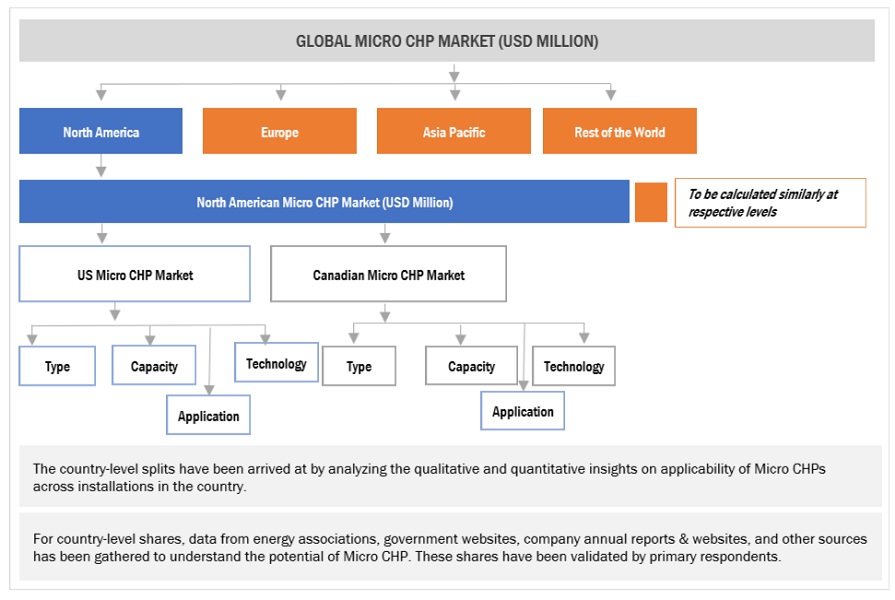Report on Saint Paul’s Waste Management Initiative for Public and Private Events
Program Overview
The City of Saint Paul has implemented an initiative to support sustainable waste management at local events. The program provides critical infrastructure to facilitate waste separation and responsible disposal.
- Container Provision: At no cost, the city offers containers designed for the separation of distinct waste streams:
- Garbage
- Recycling
- Food Scraps
- Eligible Events: The service is available for a range of public and private gatherings, such as:
- Block parties
- Family reunions
- Public events and festivals
Alignment with Sustainable Development Goals (SDGs)
This initiative makes a direct contribution to several key United Nations Sustainable Development Goals (SDGs), embedding sustainability into community life.
- SDG 11: Sustainable Cities and Communities: The program directly supports Target 11.6 by working to reduce the adverse per capita environmental impact of cities through improved municipal waste management. Providing infrastructure for waste separation at events makes the community more sustainable and resilient.
- SDG 12: Responsible Consumption and Production: By encouraging the separation of recyclables and food scraps, the initiative promotes Target 12.5, which aims to substantially reduce waste generation. This fosters a circular economy model where resources are reused and recycled rather than discarded.
- SDG 13: Climate Action: The provision of containers for food scraps is a critical climate action. Diverting organic waste from landfills significantly reduces methane, a potent greenhouse gas, thereby mitigating the impact of community activities on climate change.
Operational Responsibilities
While the city provides the necessary containers, event organizers are explicitly responsible for the final and appropriate disposal of all waste collected during their event.
1. Which SDGs are addressed or connected to the issues highlighted in the article?
SDG 11: Sustainable Cities and Communities
- The article describes a service provided by the city of Saint Paul to manage waste at public and private events. This initiative is a direct effort by a municipality to improve urban living conditions and environmental quality, which is the core focus of SDG 11.
SDG 12: Responsible Consumption and Production
- By providing separate containers for garbage, recycling, and food scraps, the program encourages sustainable practices. It promotes the separation of waste at its source, which is a key component of establishing sustainable patterns of consumption and production by reducing landfill waste and promoting a circular economy.
2. What specific targets under those SDGs can be identified based on the article’s content?
Target 11.6: Reduce the environmental impact of cities
- The article directly relates to this target, which states, “By 2030, reduce the adverse per capita environmental impact of cities, including by paying special attention to air quality and municipal and other waste management.” The provision of containers for recycling and food scraps is a specific action aimed at improving “municipal and other waste management” at events within the city.
Target 12.5: Substantially reduce waste generation
- This target aims to “By 2030, substantially reduce waste generation through prevention, reduction, recycling and reuse.” The service described in the article directly supports the “recycling” component of this target by making it easier for event organizers and attendees to separate recyclable materials and food scraps from general garbage, thereby reducing the total volume of waste sent to landfills.
3. Are there any indicators mentioned or implied in the article that can be used to measure progress towards the identified targets?
Indicator 11.6.1: Proportion of municipal solid waste collected and managed in controlled facilities
- While not explicitly stated, this indicator is implied. The program’s purpose is to divert waste (recycling, food scraps) from landfills into “controlled facilities” like recycling centers and composting sites. The amount of waste collected in the provided recycling and food scrap containers at events would serve as a direct measure of the proportion of waste being managed in such facilities, as opposed to being disposed of as undifferentiated garbage.
Indicator 12.5.1: National recycling rate, tons of material recycled
- The article’s initiative directly contributes to this indicator at a local level. The success of the program can be measured by the quantity (in tons or volume) of materials collected in the recycling and food scrap containers. This data would reflect an increase in the local recycling rate, contributing to the broader goal.
4. Table of SDGs, Targets, and Indicators
| SDGs | Targets | Indicators |
|---|---|---|
| SDG 11: Sustainable Cities and Communities | Target 11.6: By 2030, reduce the adverse per capita environmental impact of cities, including by paying special attention to air quality and municipal and other waste management. | Indicator 11.6.1: Proportion of municipal solid waste collected and managed in controlled facilities out of total municipal solid waste generated, by cities. |
| SDG 12: Responsible Consumption and Production | Target 12.5: By 2030, substantially reduce waste generation through prevention, reduction, recycling and reuse. | Indicator 12.5.1: National recycling rate, tons of material recycled. |
Source: stpaul.gov







